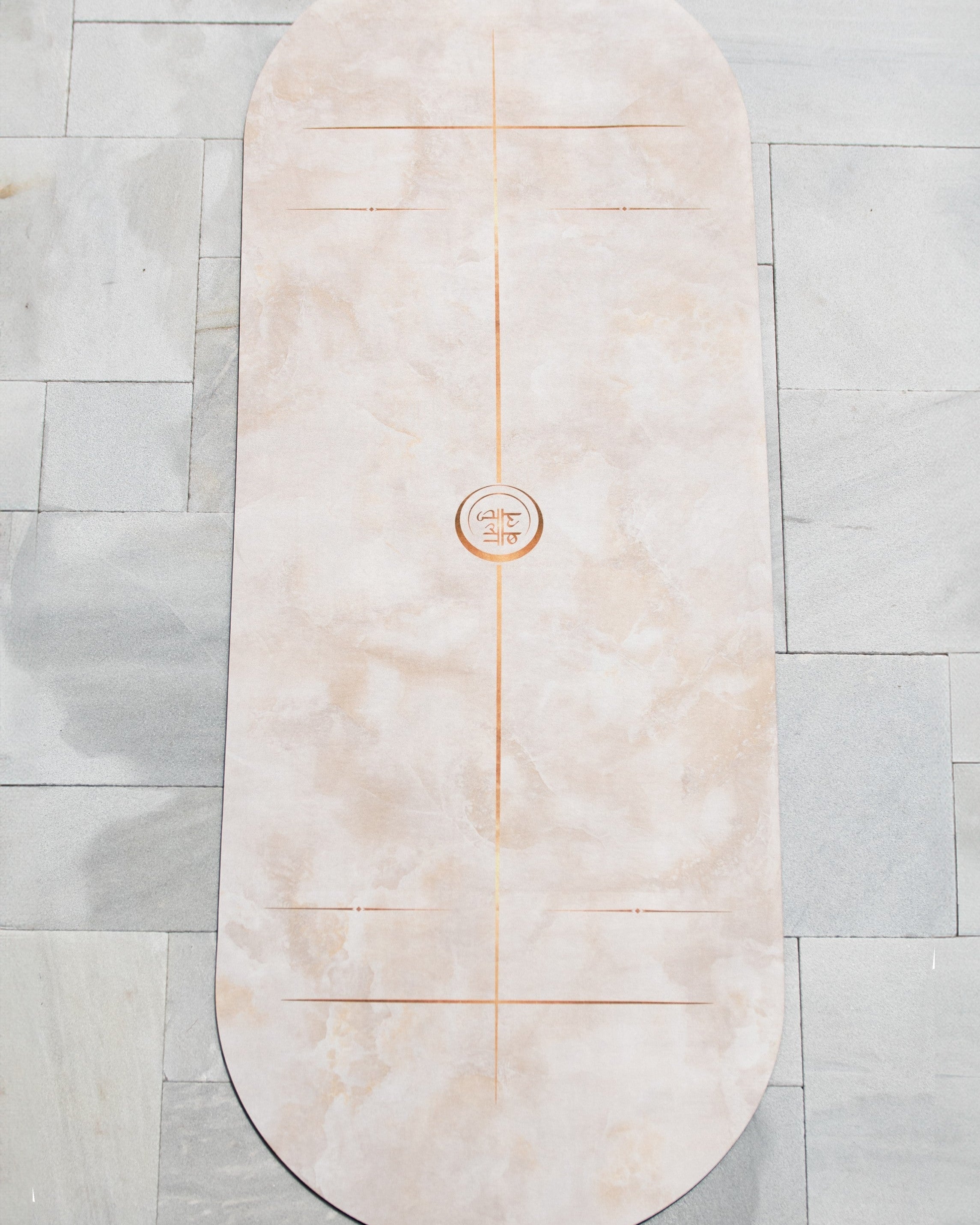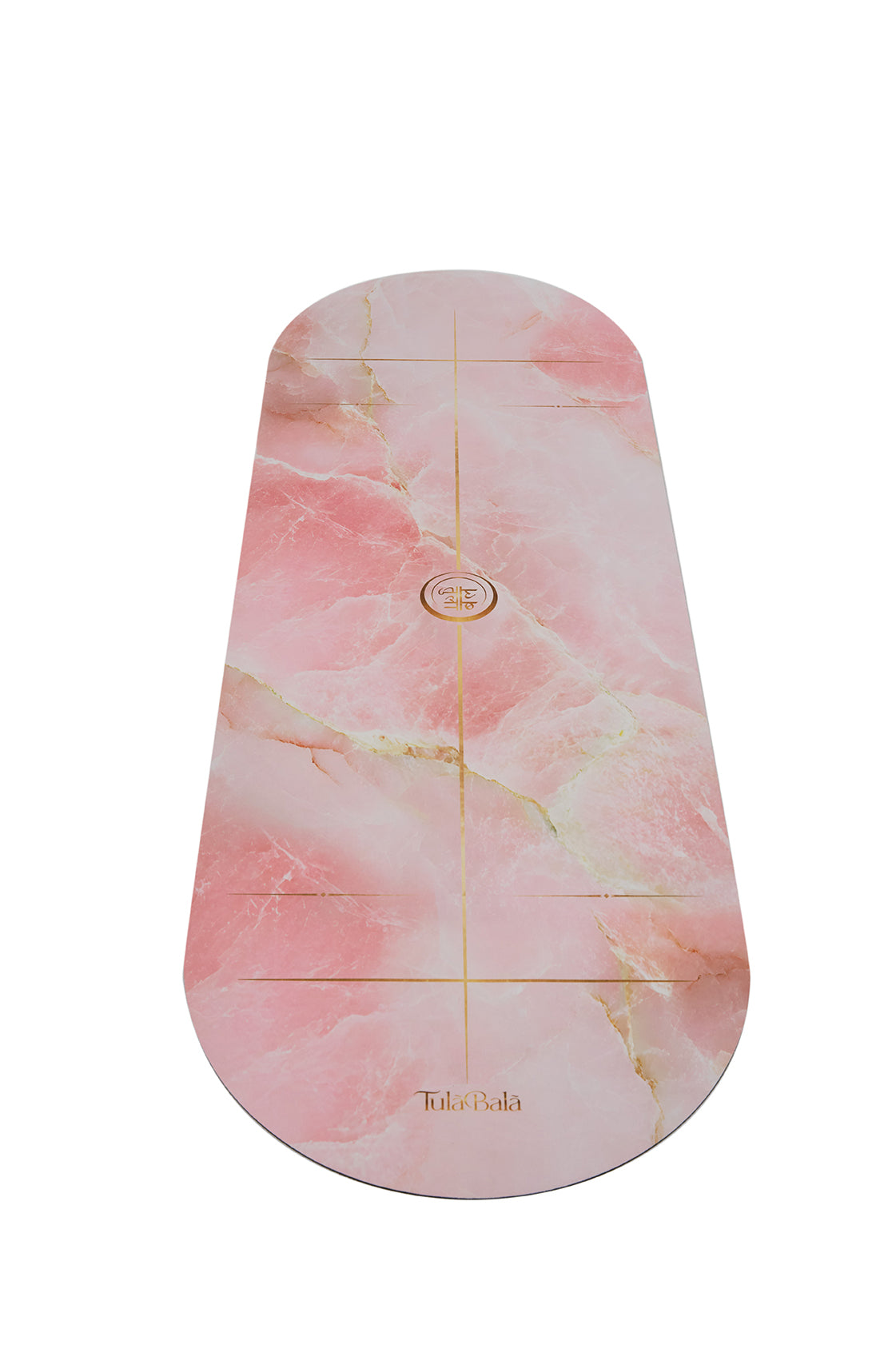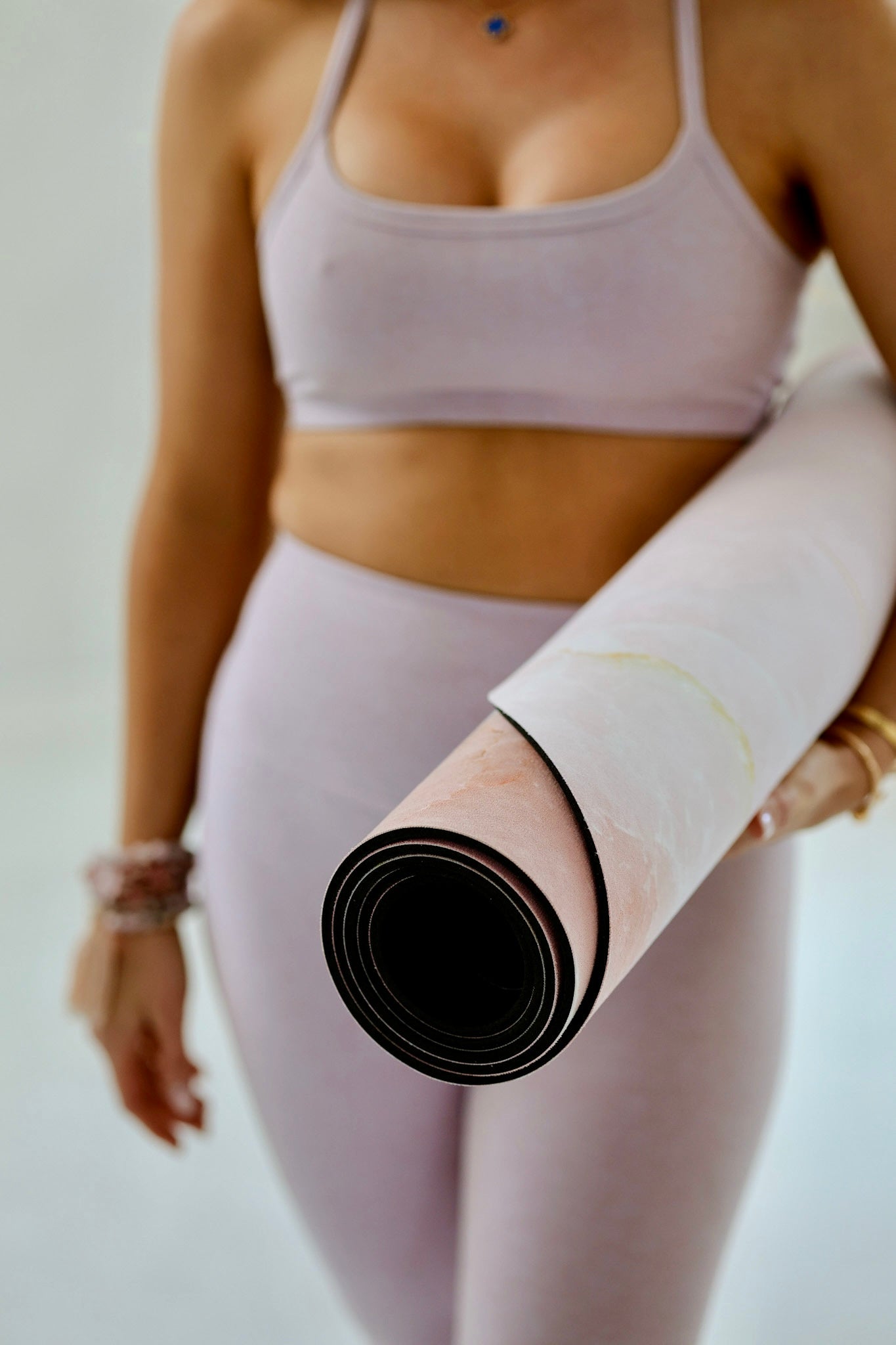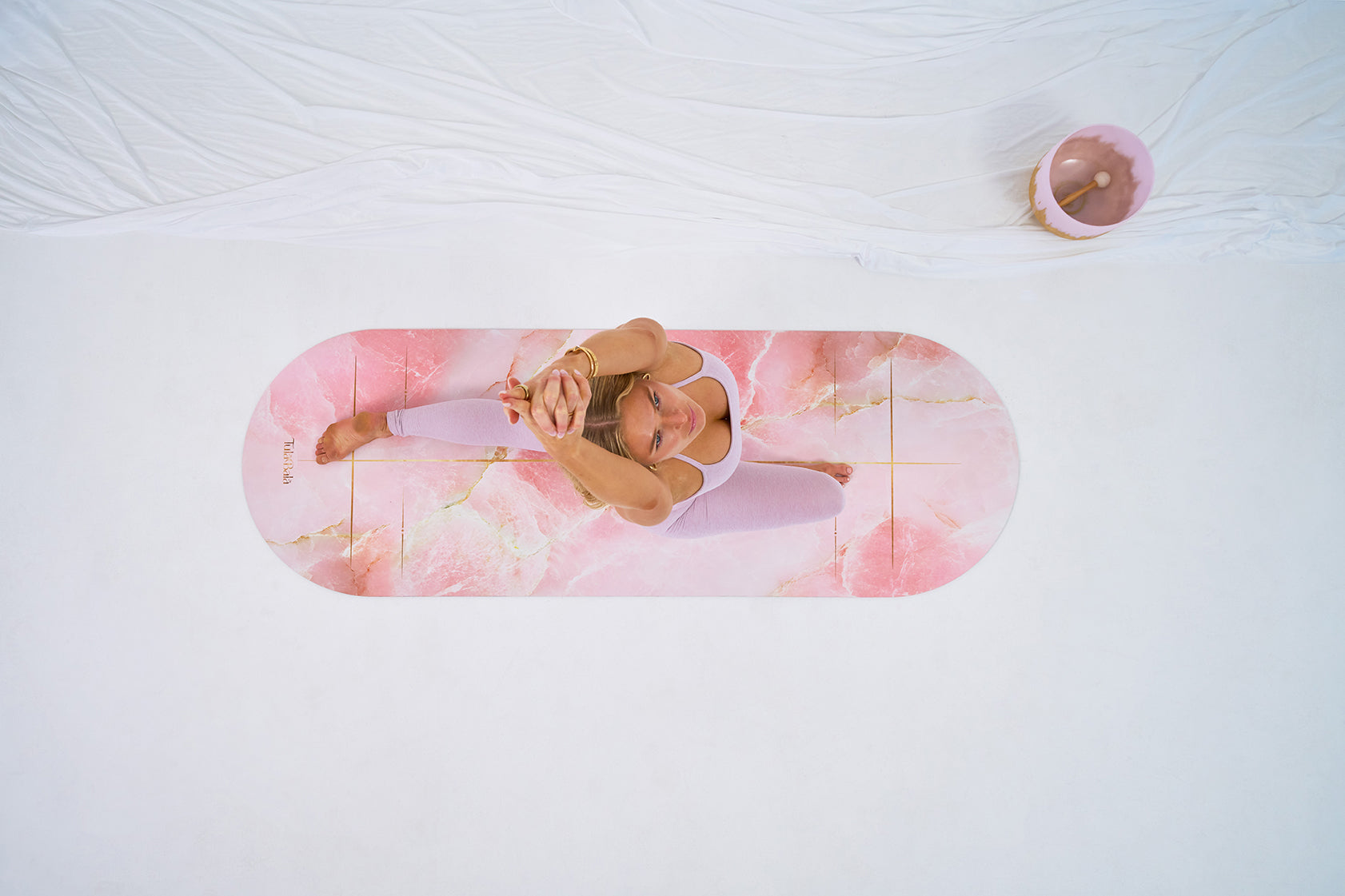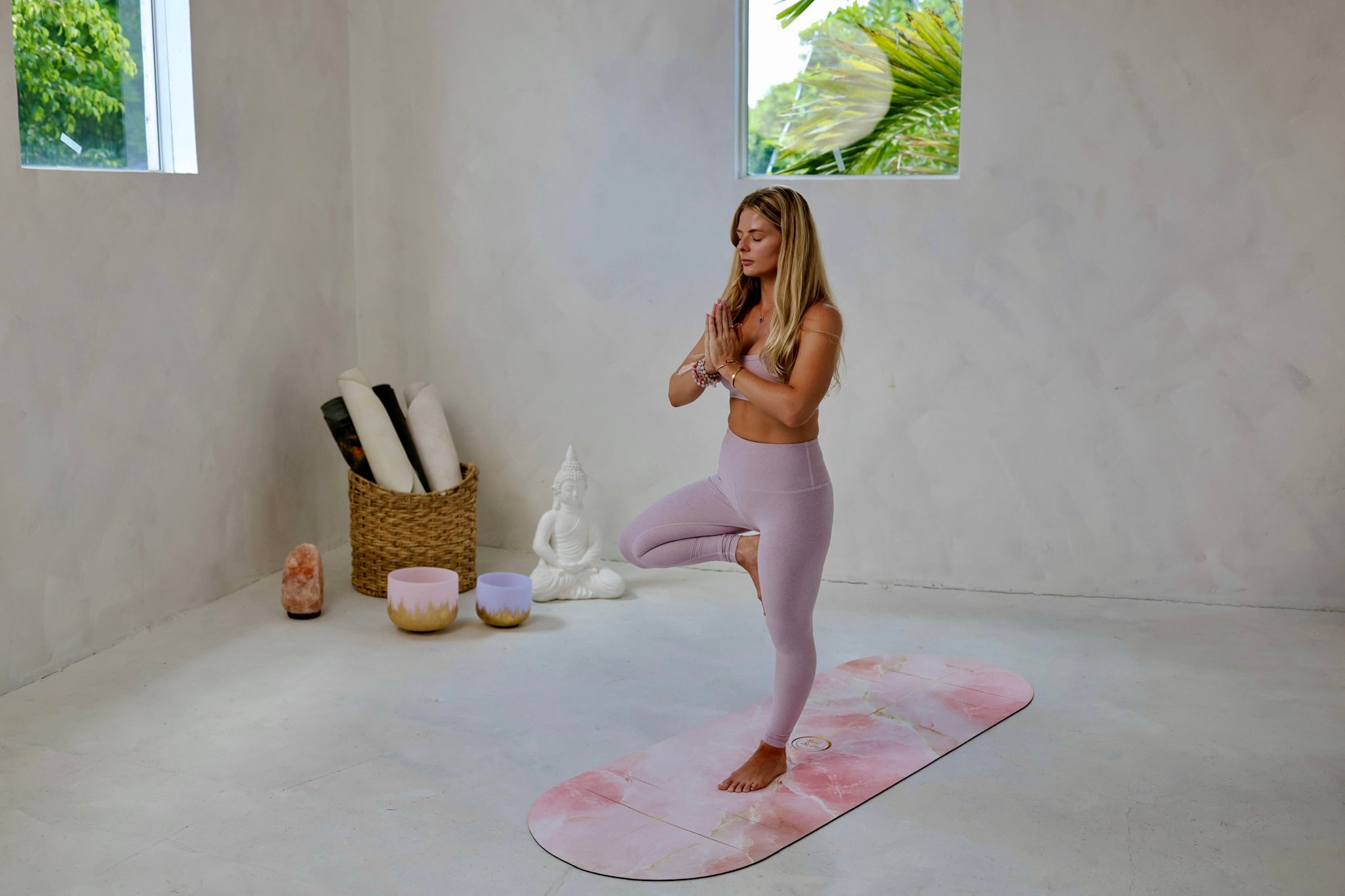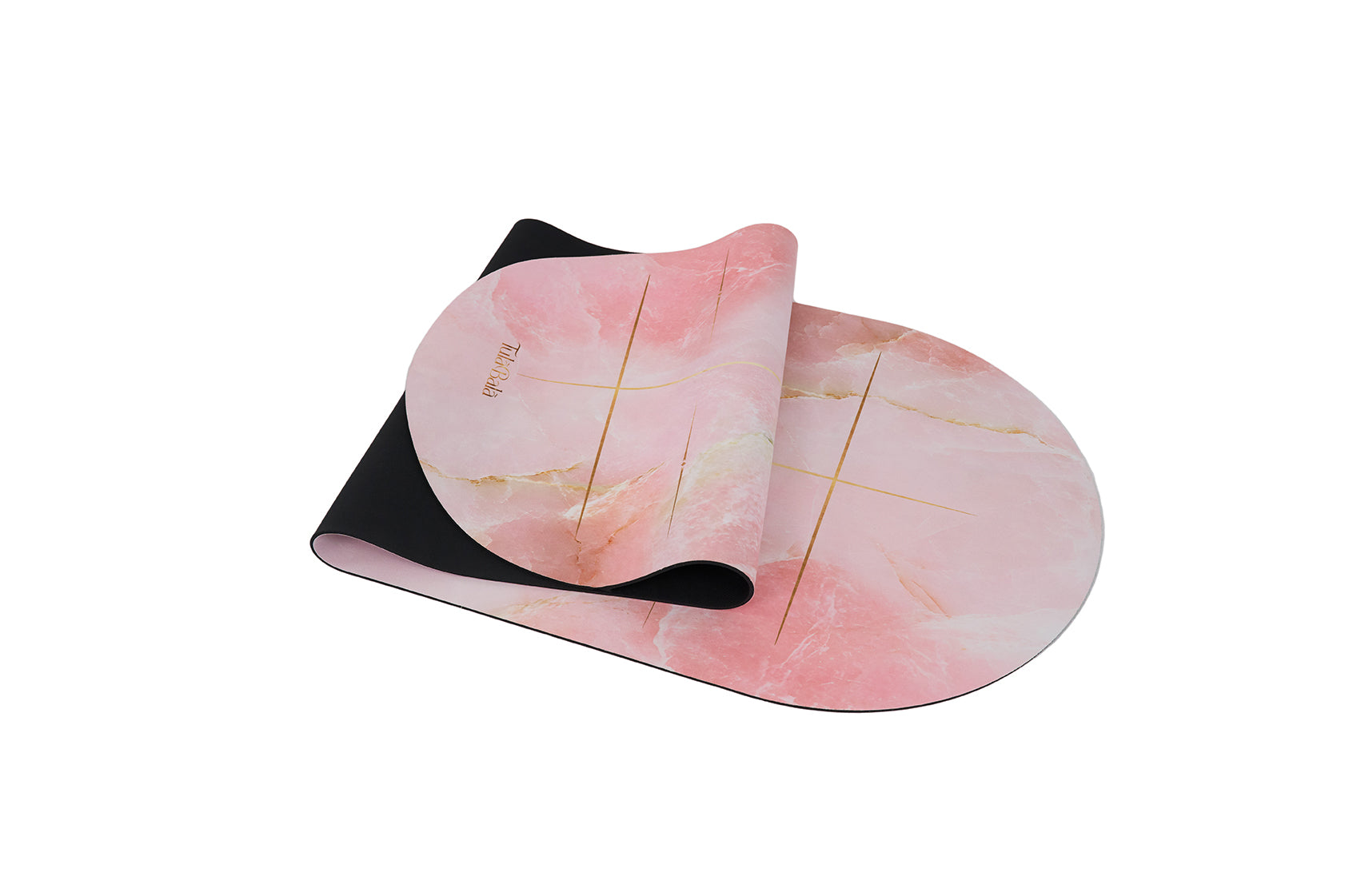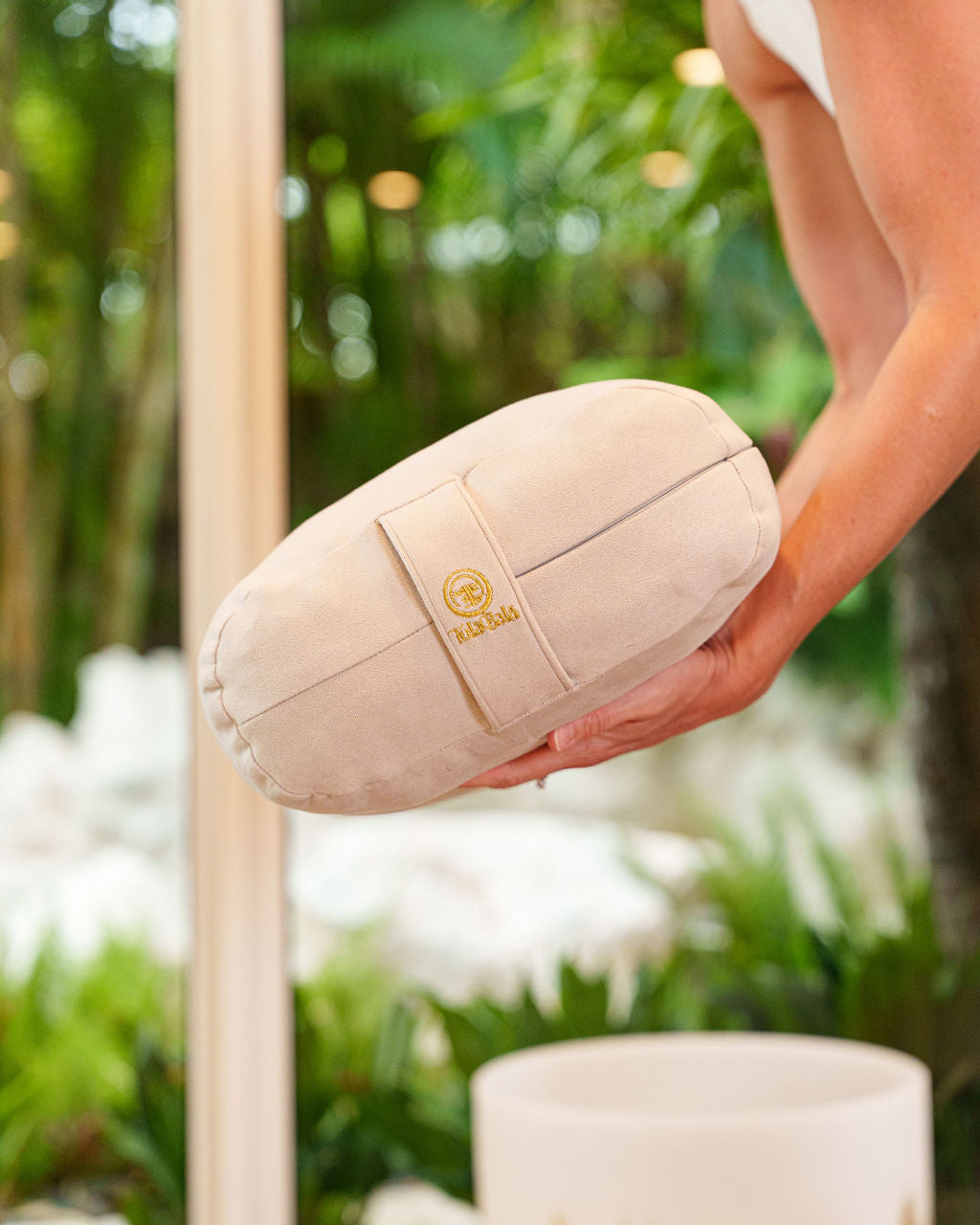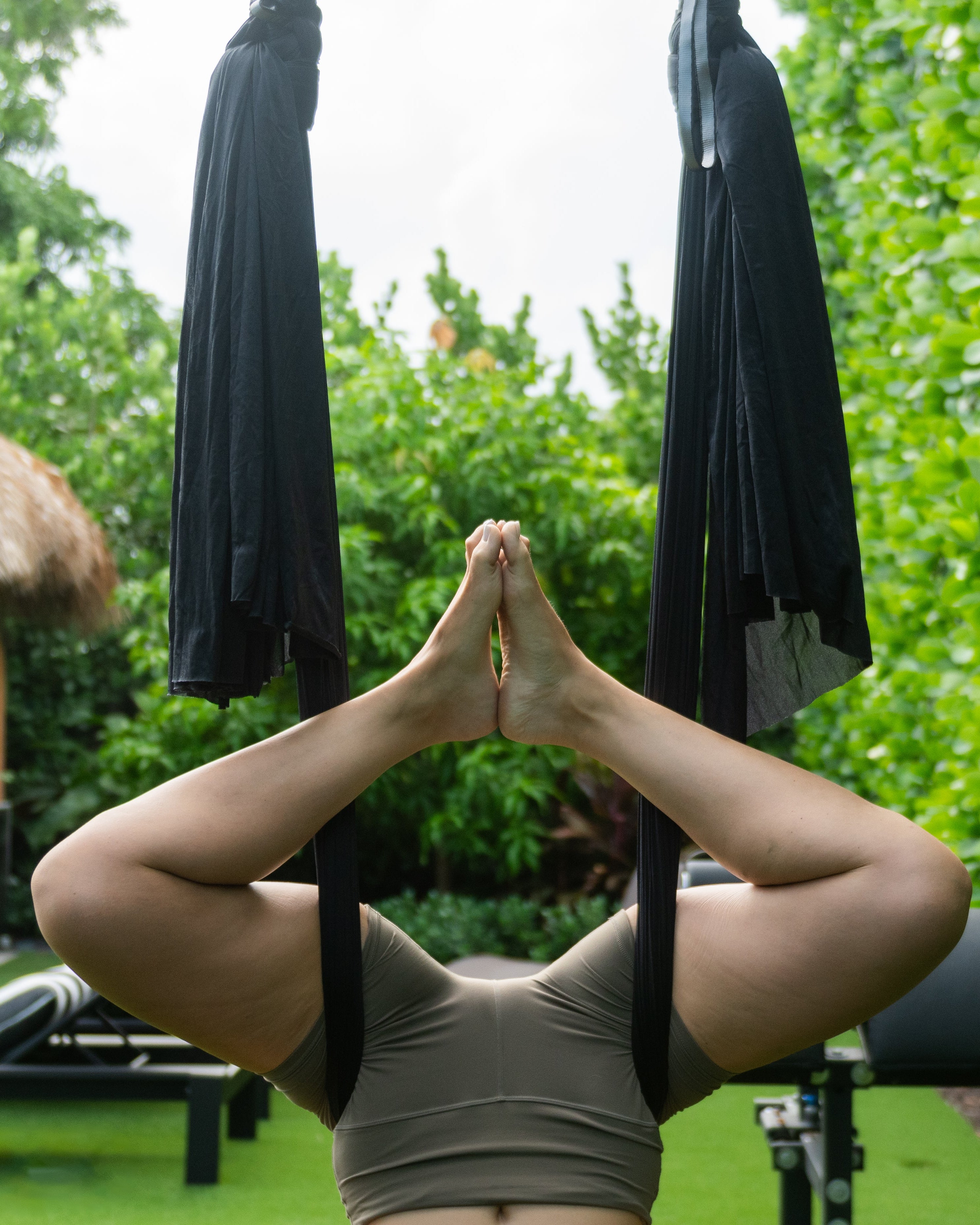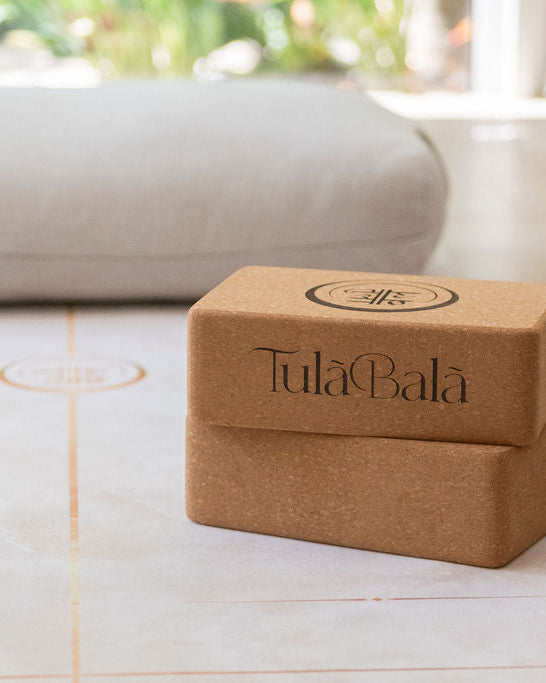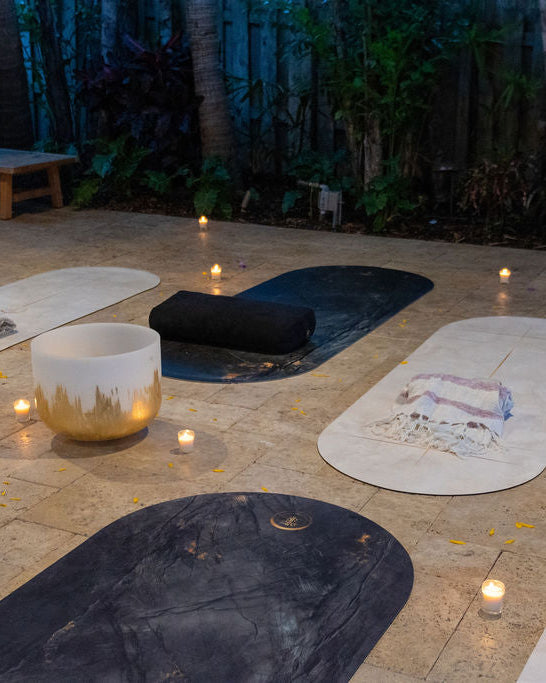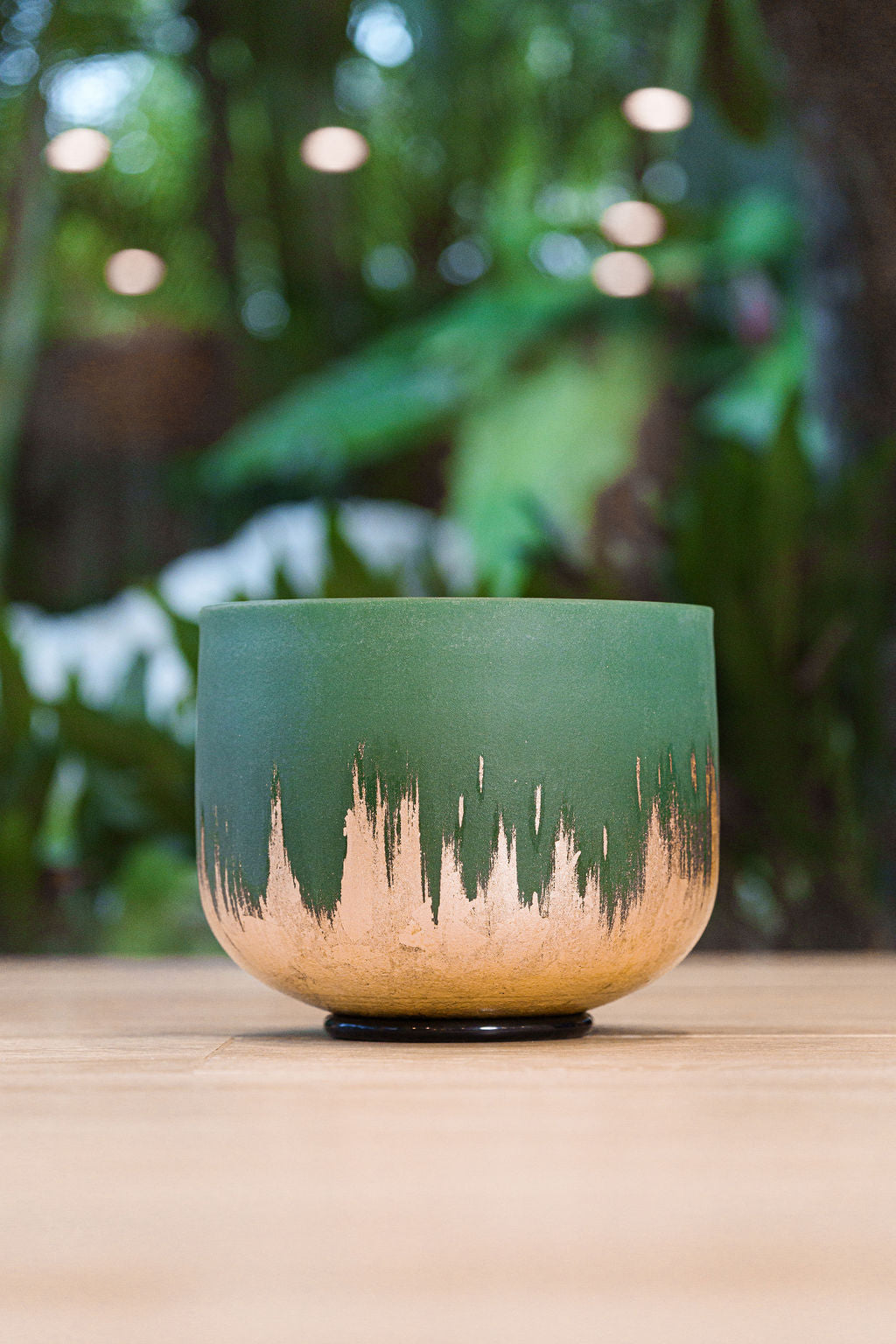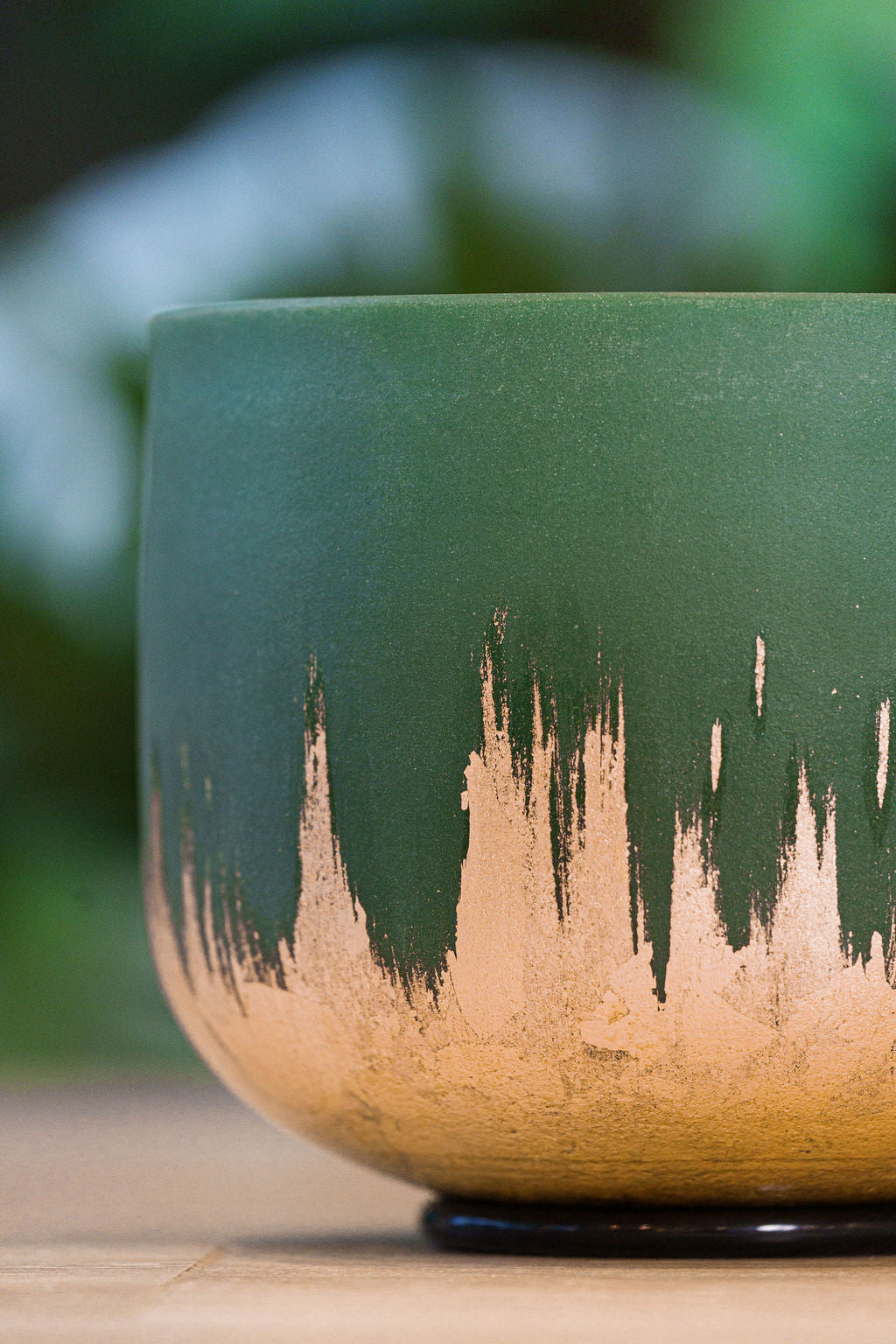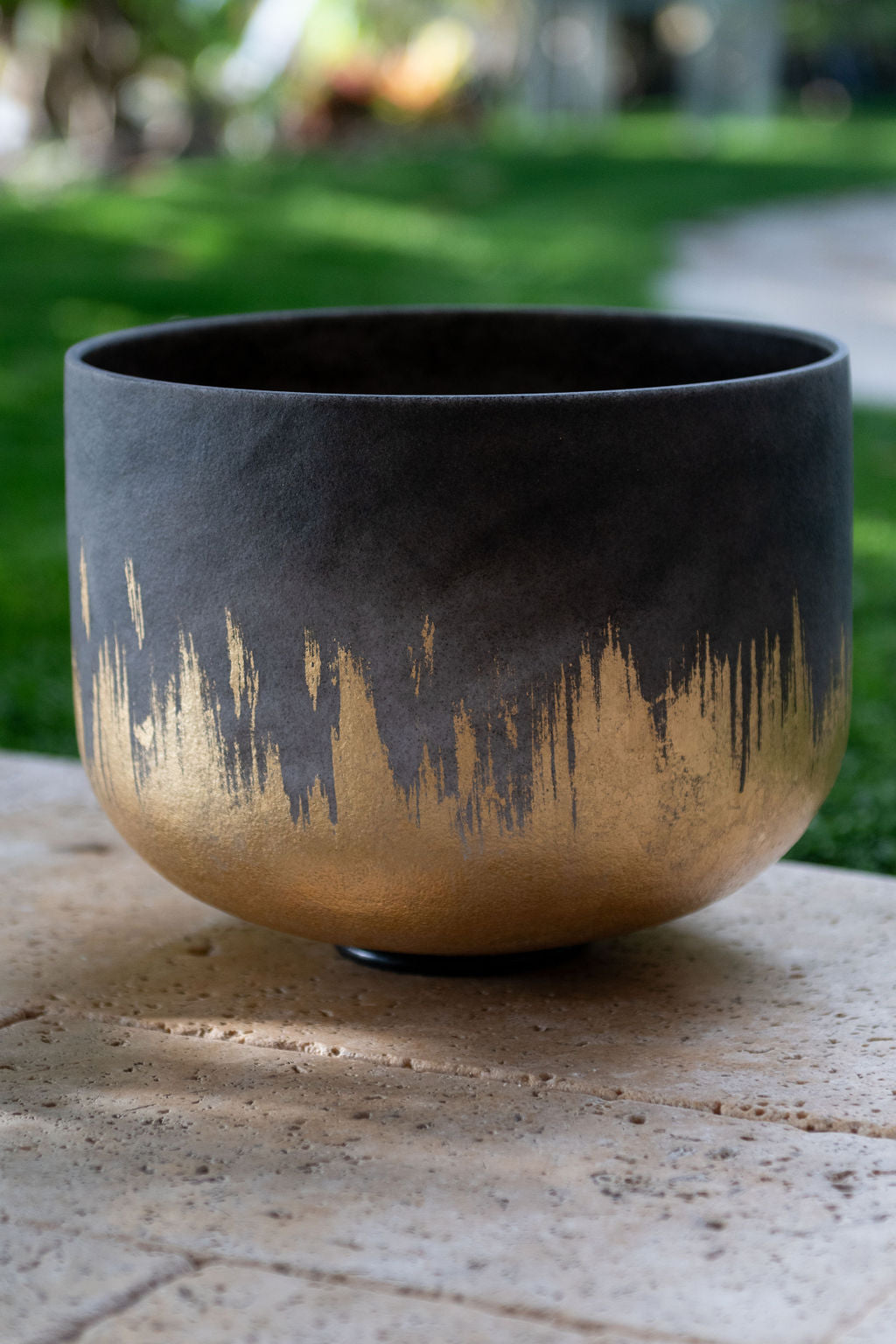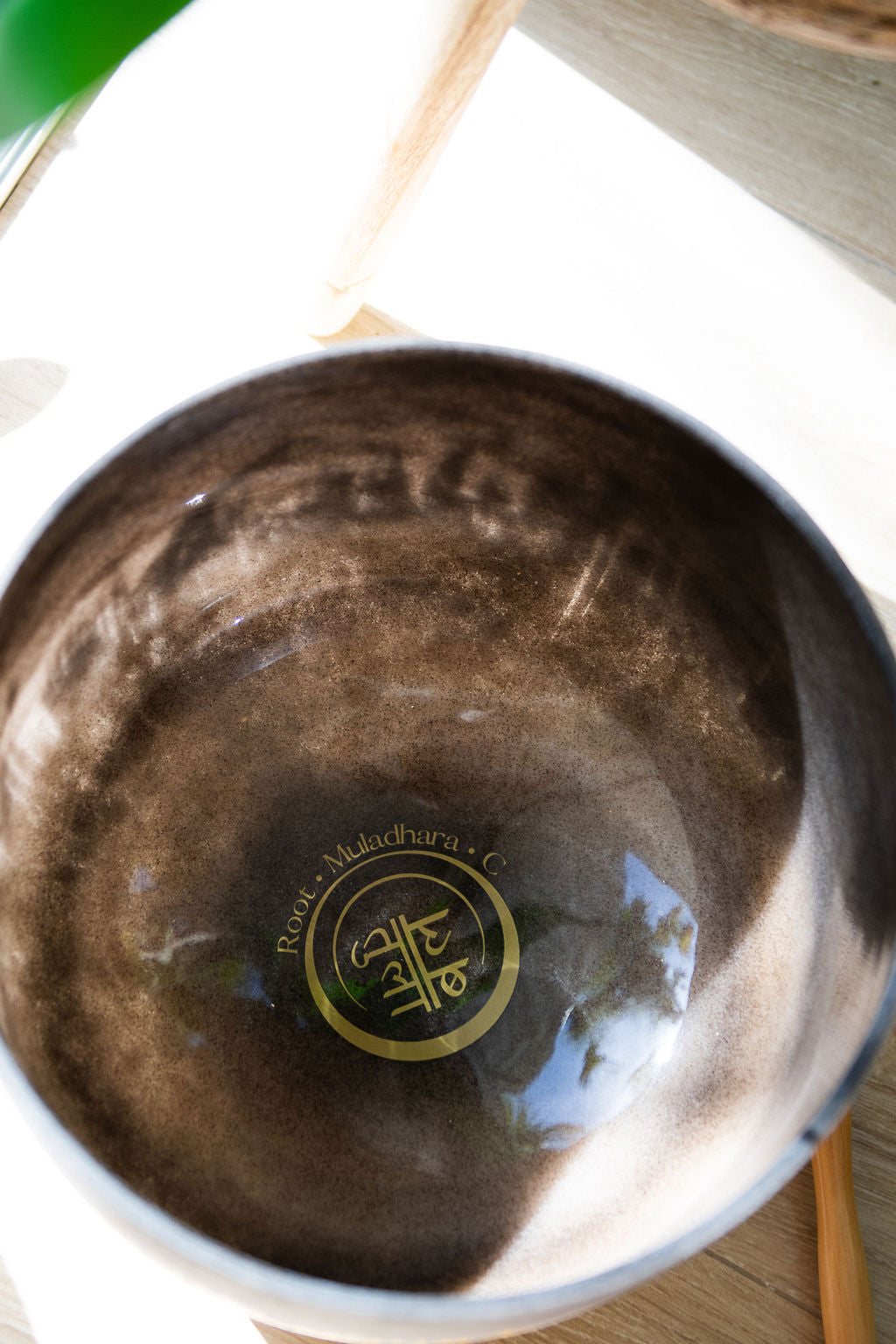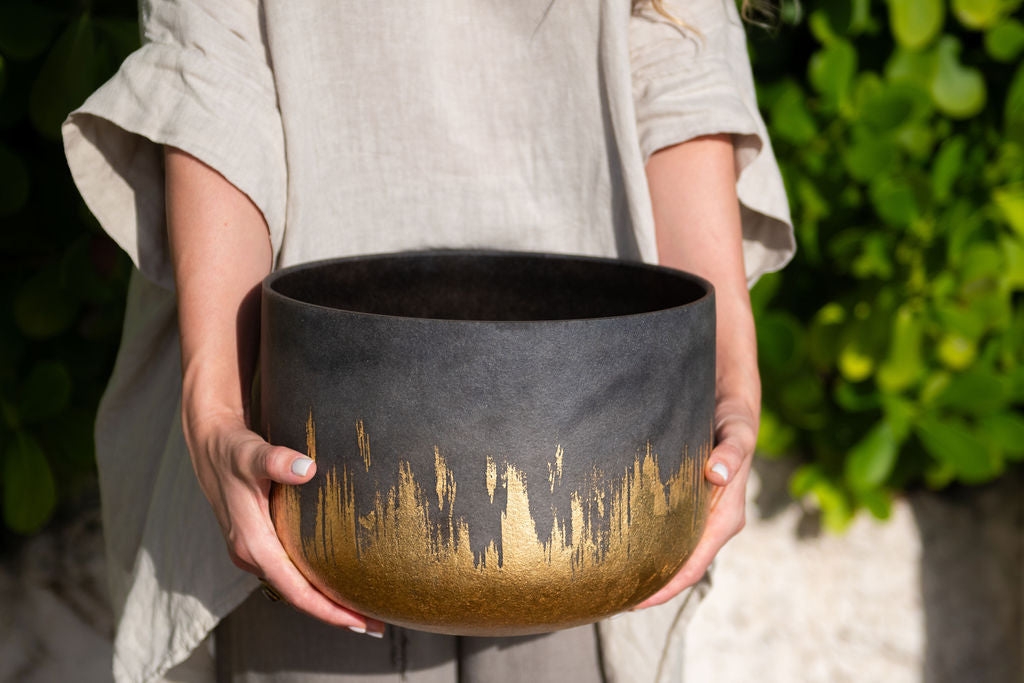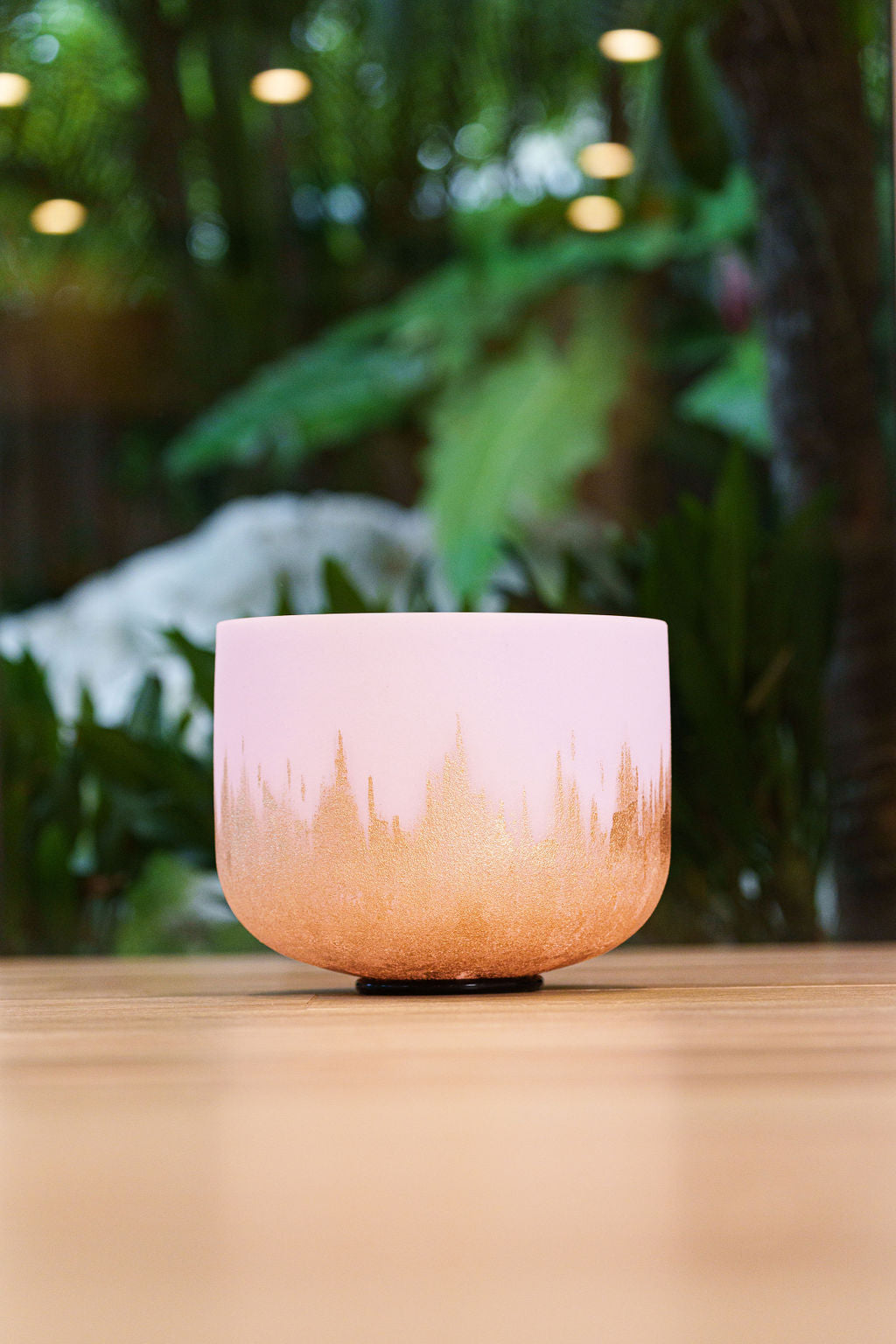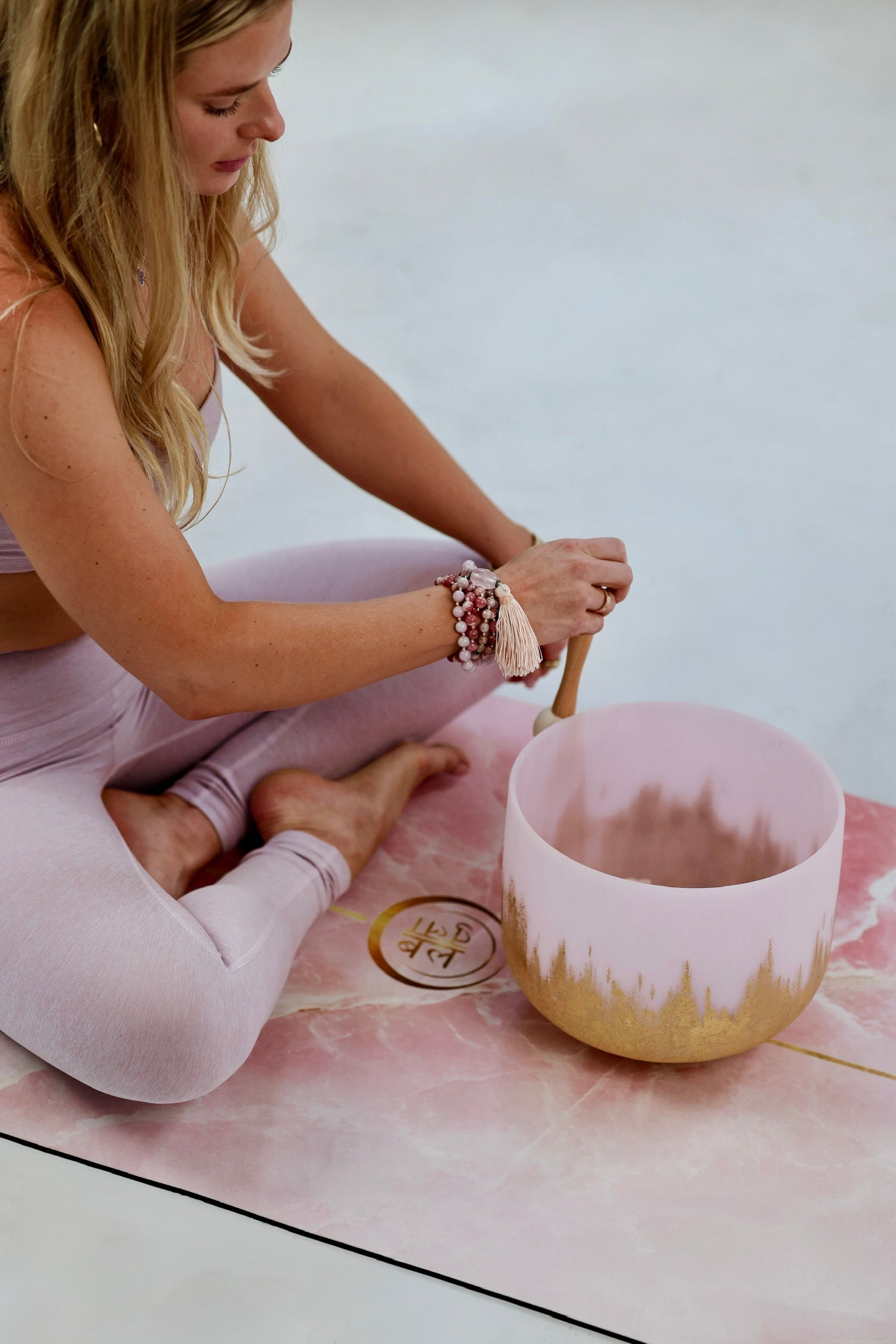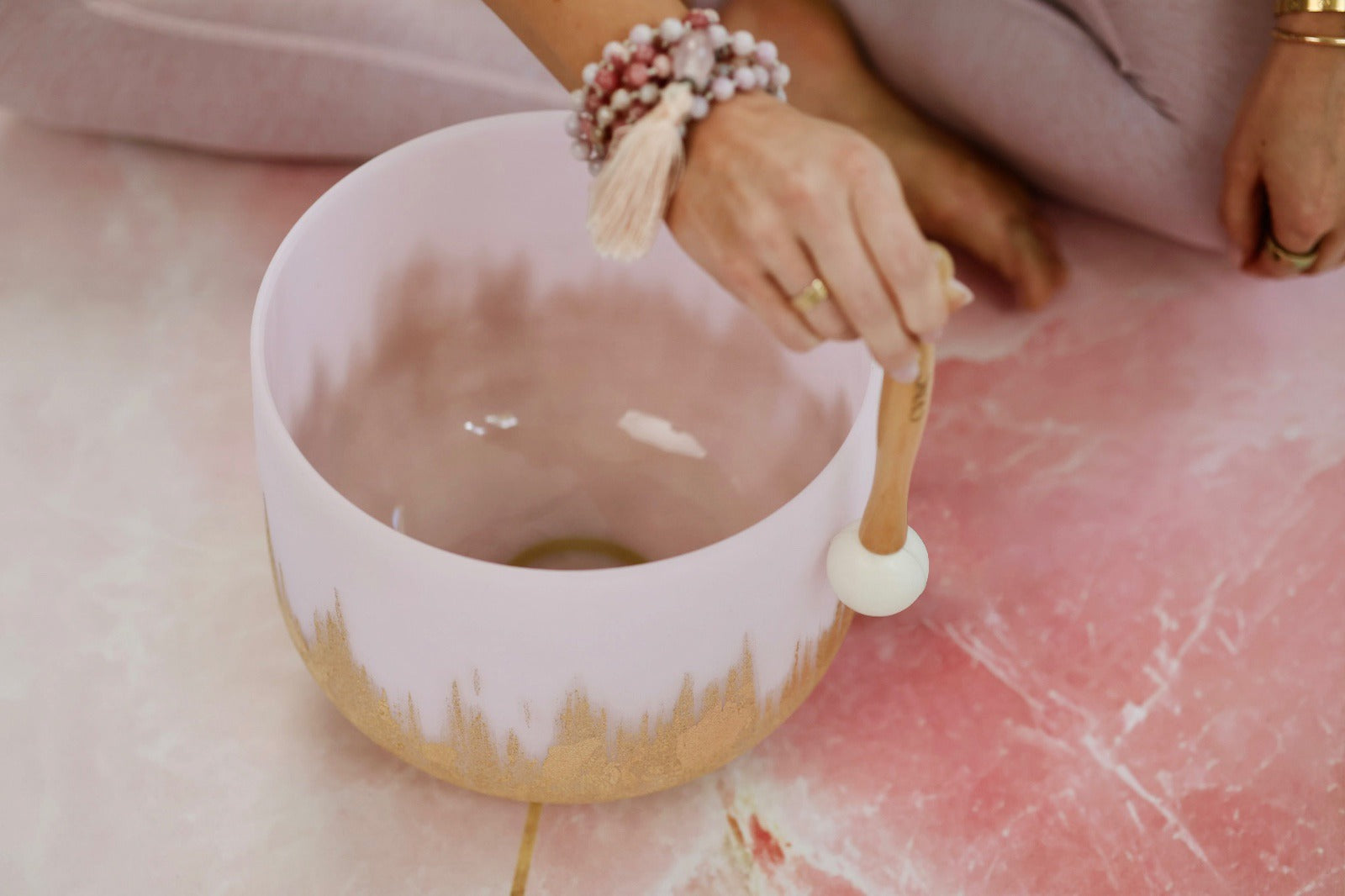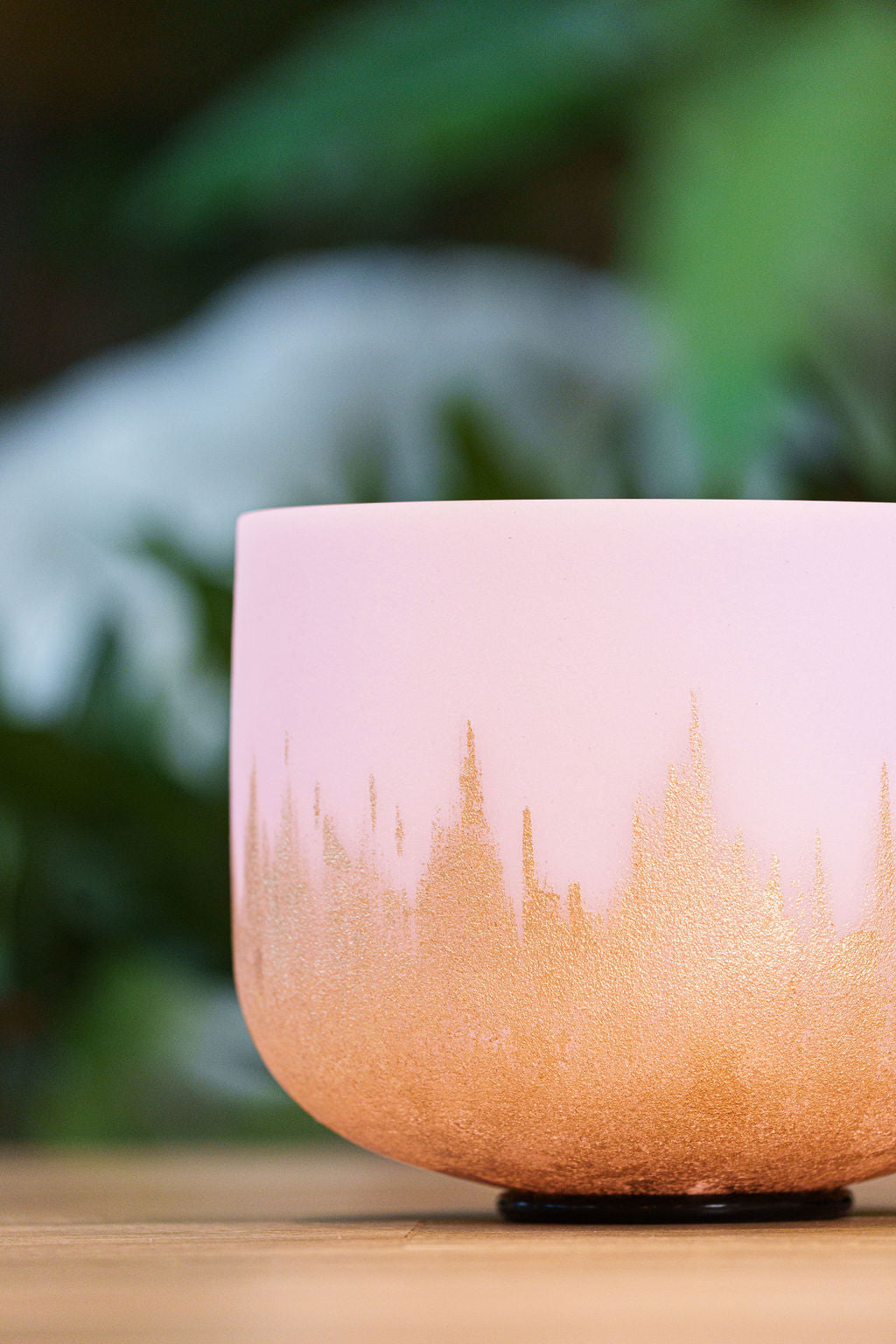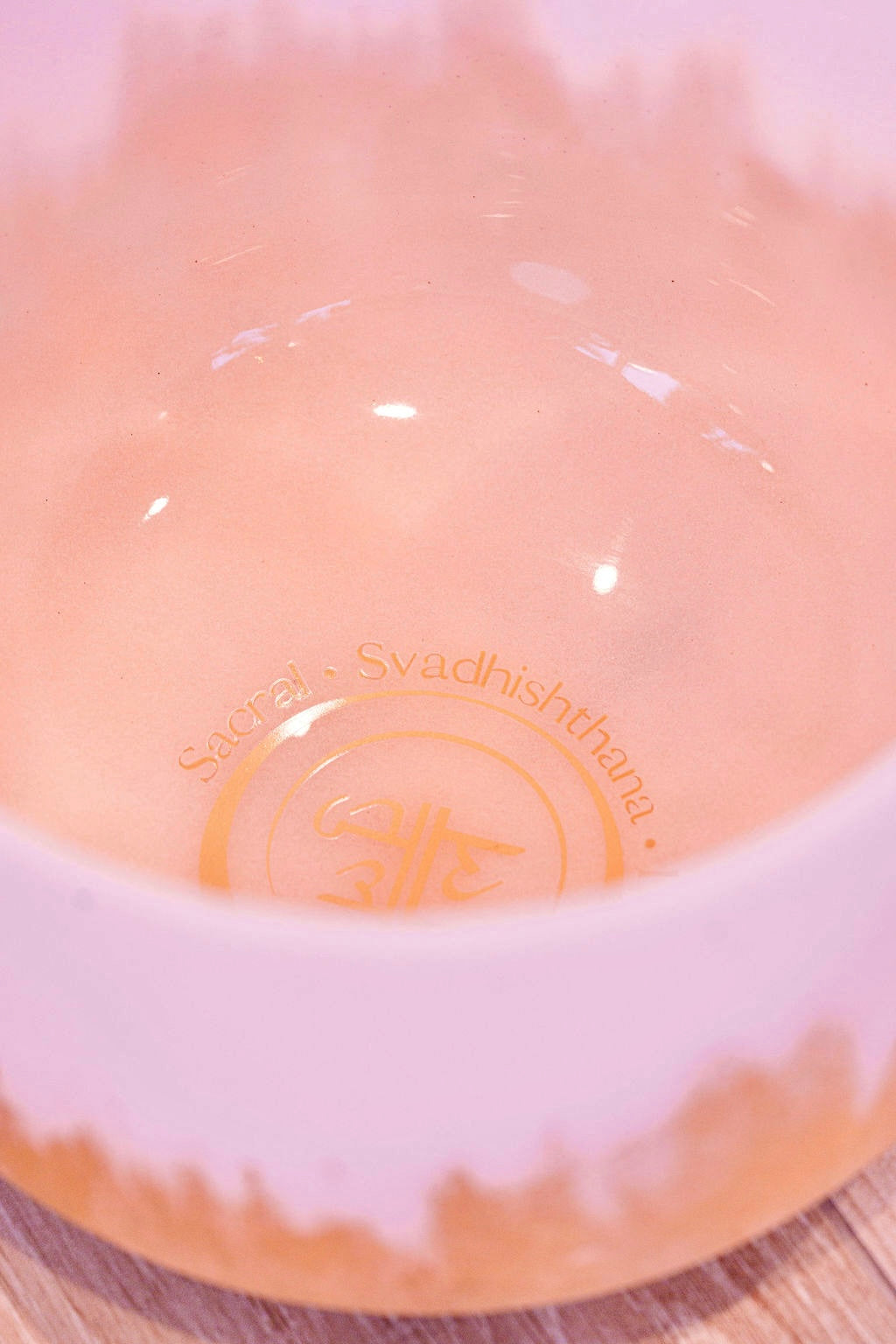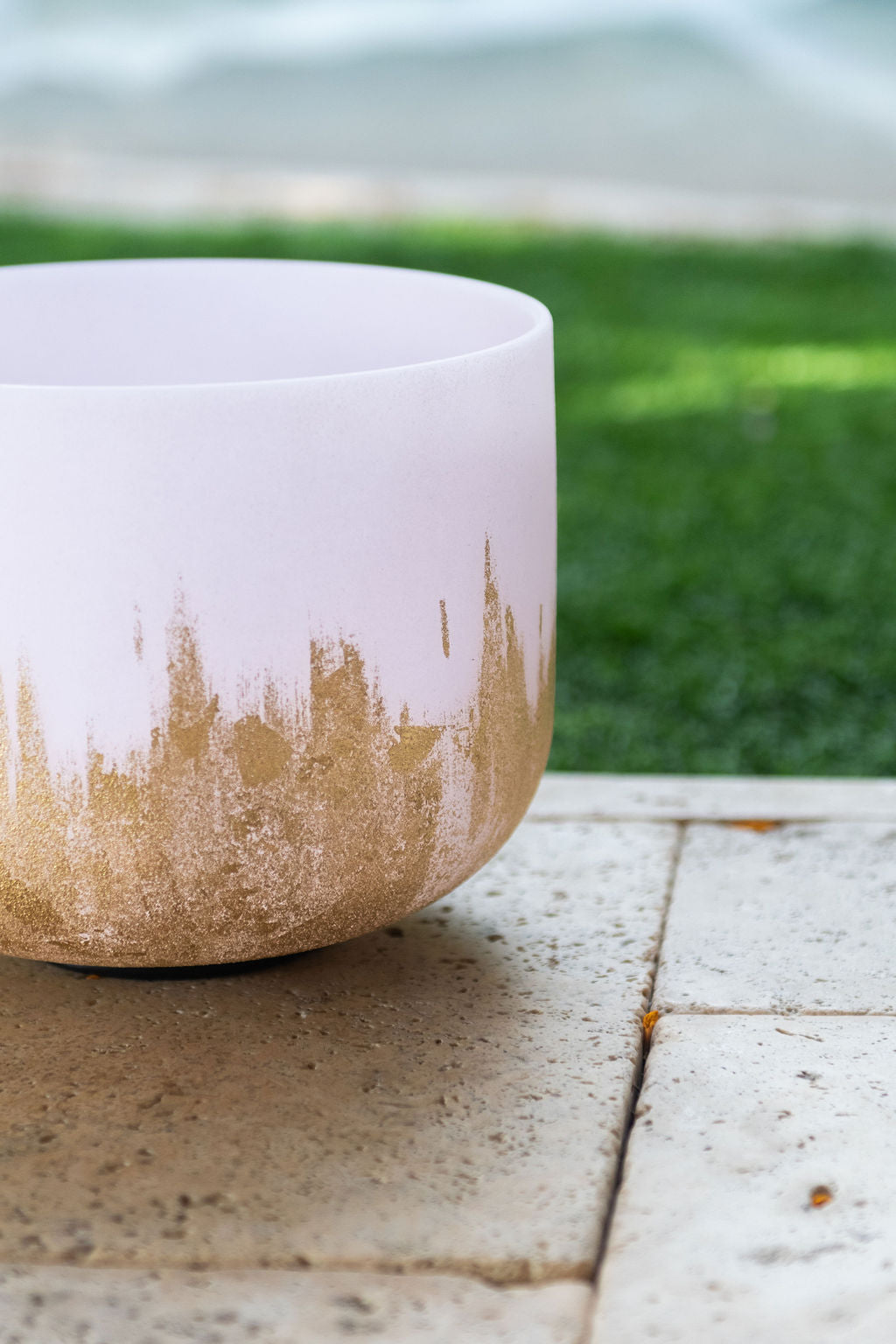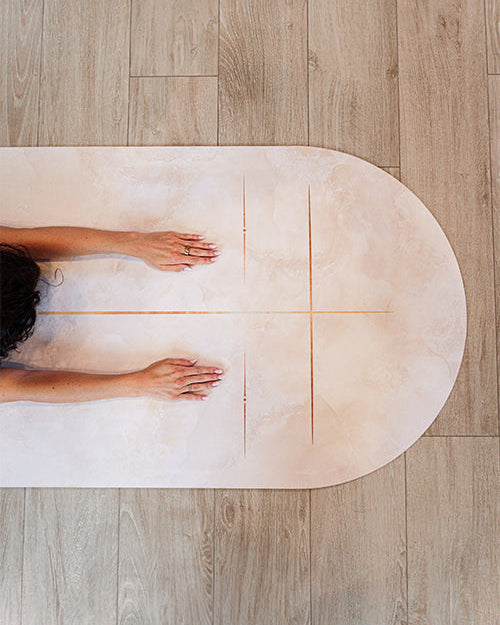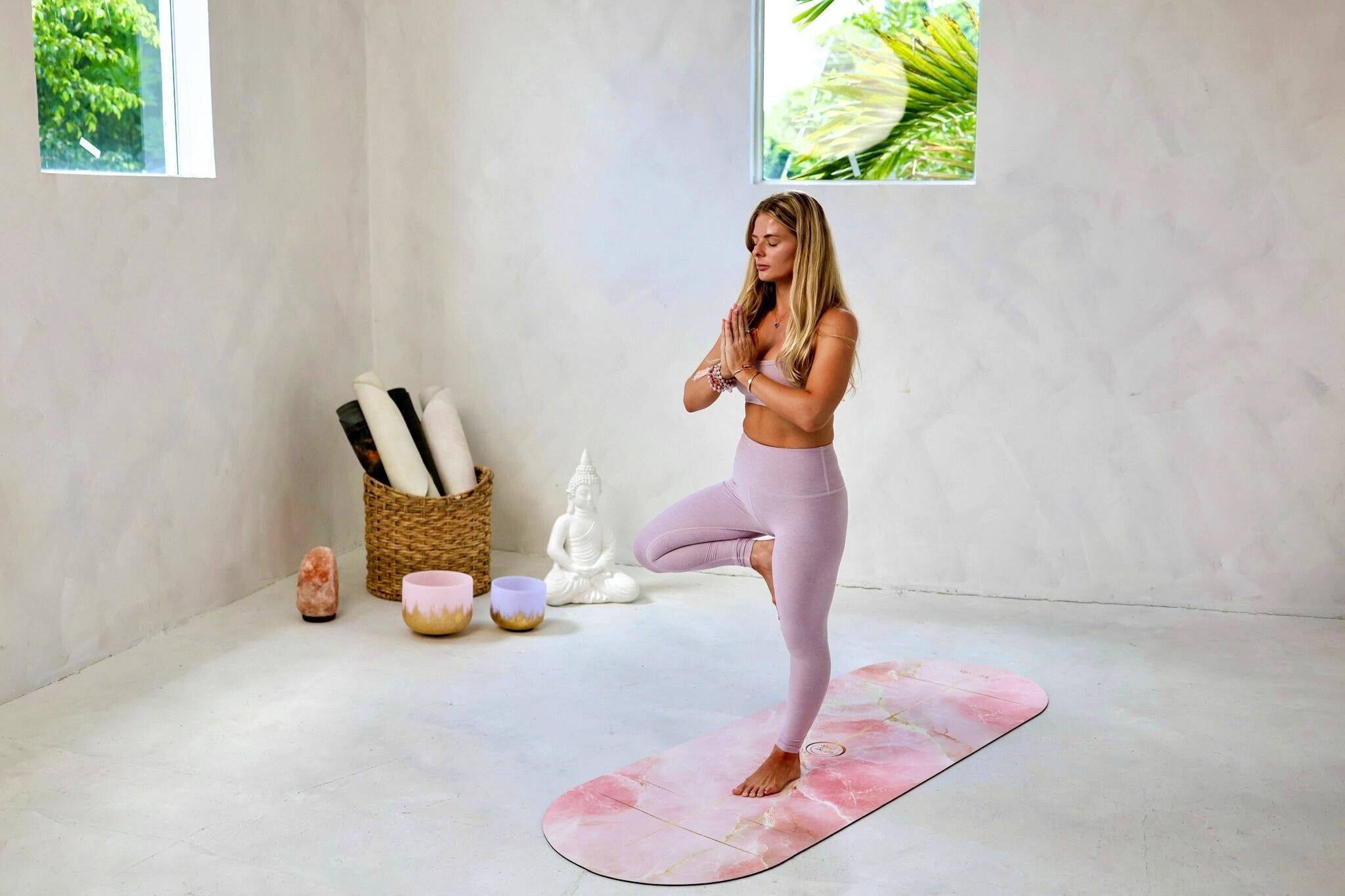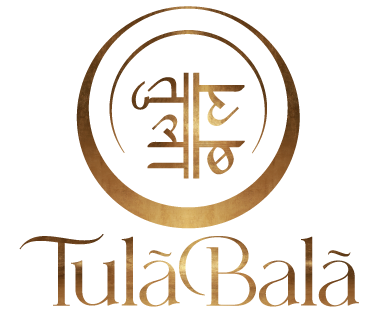Discovering Balance Through Yoga
Balance is a skill that we must practice from childhood, throughout our lifetime, and
especially as we get older. People often speak of the balance of power, but rarely of the power of balance. Yet balance is foundational to how we move and live. A baby learning to walk discovers balance organically, and as we age, we must retain that same childlike curiosity and desire to seek balance in movement.
How Balance Works
Several factors influence balance. The inner ear houses our vestibular sense, letting the brain know which way is up and down. Our kinesthetic sense, through proprioceptive cells in muscles, tendons, and joints, coordinates movement and balance. In yoga we use and strengthen all of these senses with practice.
Feet and Bandha
For the physical body, yoga offers a few powerful tools. One is learning to use the feet
properly. Weak feet can create issues in the legs and back, while strong, engaged feet
support balance. In yoga we use Bandhas—energetic locks that direct prana in the body. The Pada Bandha, or foot lock, is activated by rooting into the big toe mound, pinky toe mound, and heel, then drawing energy upward through the arch. At first this may feel difficult, but over time it strengthens the feet and can even lift fallen arches. Another exercise is lifting all the toes, then pressing down the big toe and pinky toe before engaging the arch. Since modern shoes weaken our feet, it’s important to go barefoot and practice these actions often.
Focal Points (Drishti)
Drishti, the Sanskrit term for focal point, is another essential element. To balance, the eyes
must stay steady on one chosen point; when they wander, so does the body. In yoga, each
balance pose has a traditional Drishti, which keeps the mind focused and the body steady.
8 Common Drishtis in Yoga
1. Base of the big toenail – Eka Graha or Padagra Drishti
2. Tip of the thumb – Angushta Drishti
3. Nose tip – Nasa Graha Drishti
4. Looking upward – Urdva Drishti
5. Third eye – Brumadya Drishti
6. Tip of the middle finger – Hastagra Drishti
7. Right or left – Parshva Drishti
8. Navel – Nabi Drishti (common in downward dog)
Closing Thoughts
Balance is more than a physical skill—it is a way to cultivate focus, awareness, and harmony in life. Through yoga practices like engaging the feet, activating Bandhas, and maintaining steady Drishti, we can rediscover and strengthen our natural sense of balance at any age. Embrace each step, each pose, and each moment as an opportunity to connect with the power of balance within you.
Balance is important for our overall health.
An article on UCLA.org noted:
Data from a 12 year study in the British Journal of Sport Medicine showed "Those who couldn’t balance also proved to have more health problems than those who could."


